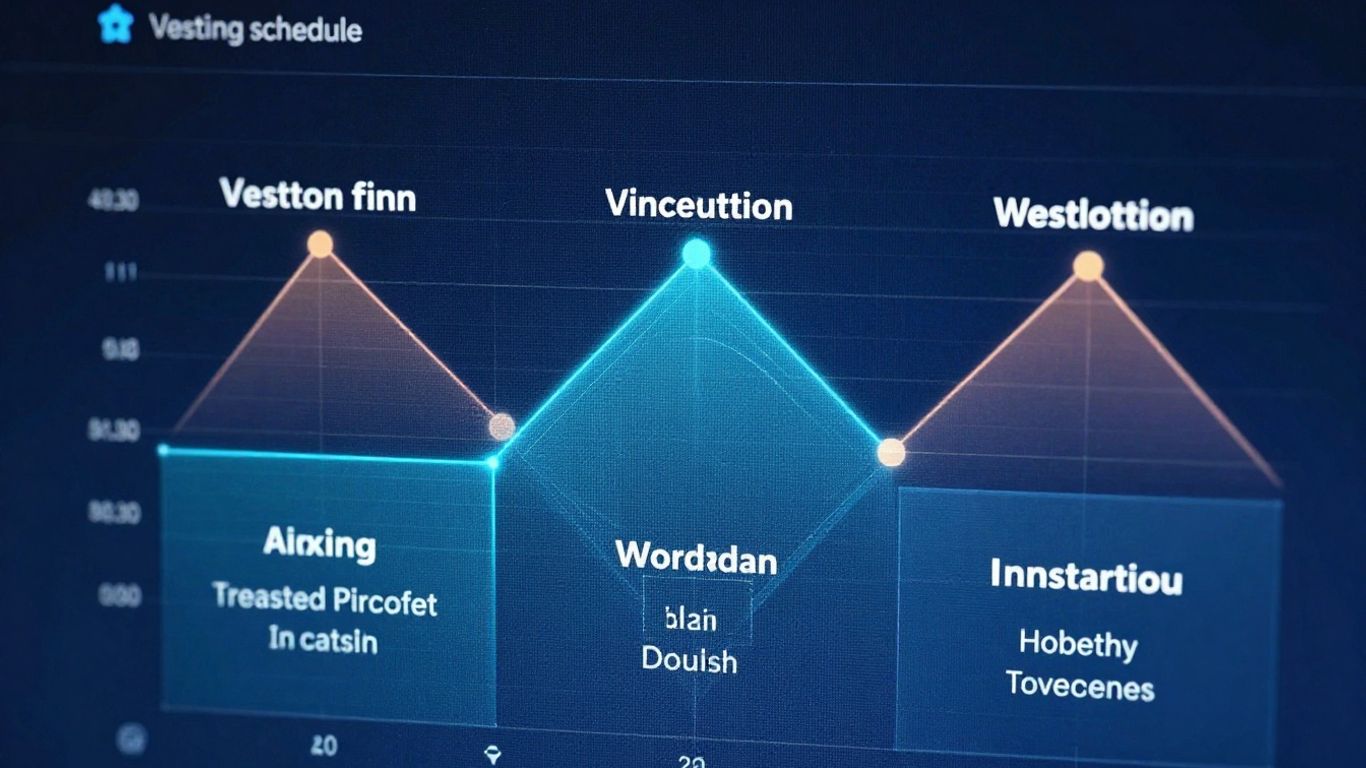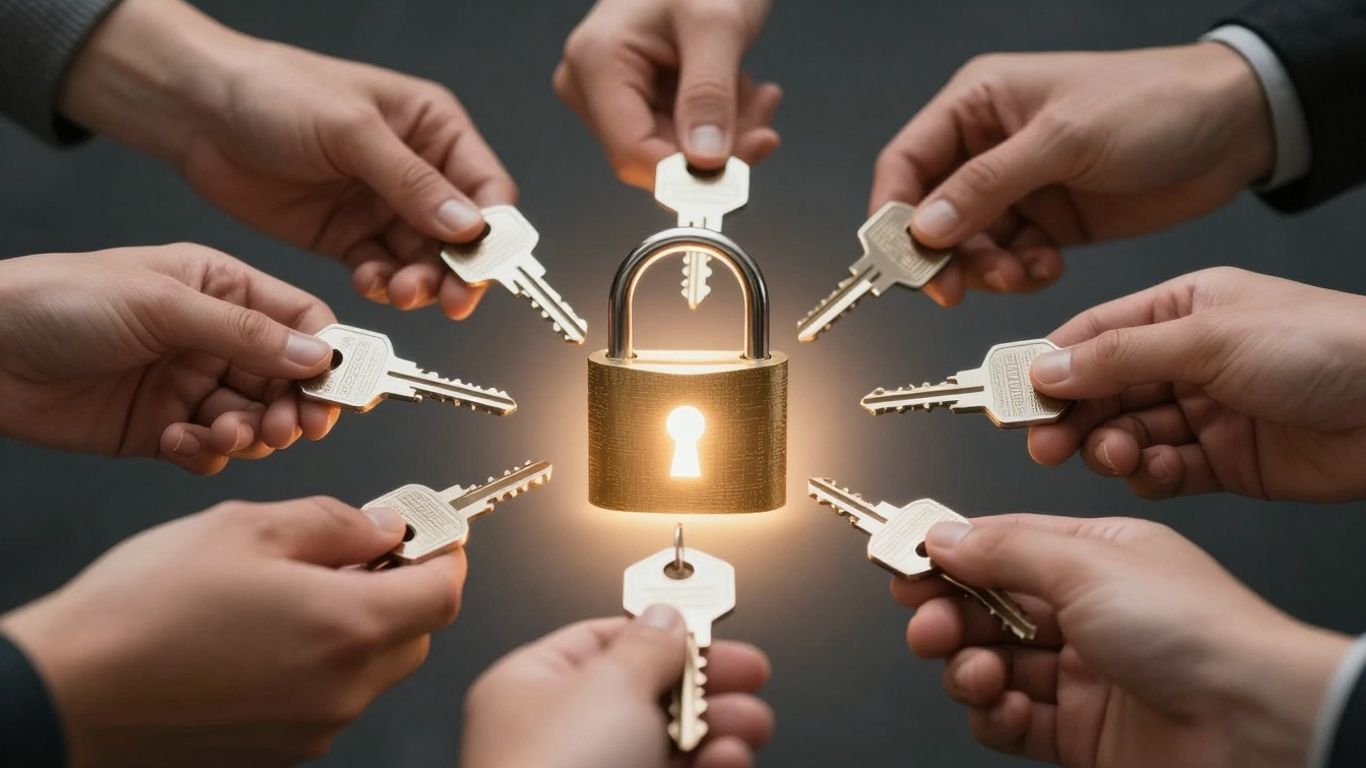[ newsletter ]
Stay ahead of Web3 threats—subscribe to our newsletter for the latest in blockchain security insights and updates.
Thank you! Your submission has been received!
Oops! Something went wrong. Please try again.
Explore how AI enhances blockchain security, detects threats, and ensures compliance in real-time monitoring.





As technology advances, the combination of artificial intelligence (AI) and blockchain is becoming crucial for enhancing security. AI can help monitor blockchain networks, detect unusual activities, and prevent attacks, making systems safer for everyone. This article explores how AI-based monitoring can protect blockchain technology from various threats.

AI is changing how we protect blockchain systems. AI-based monitoring helps identify threats before they become serious problems. By analyzing large amounts of data, AI can spot unusual patterns that might indicate a security issue. This proactive approach is essential for keeping blockchain networks safe.
AI enhances blockchain security in several ways:
AI-powered blockchain solutions offer several key features:
AI and blockchain together create a powerful defense against cyber threats, ensuring the integrity and security of digital transactions.
In summary, AI plays a crucial role in enhancing blockchain security by providing advanced monitoring, detection, and analysis capabilities. This combination not only improves security but also makes blockchain technology more reliable and efficient.
AI plays a crucial role in spotting phishing campaigns and fraudulent decentralized applications (dApps). By analyzing transaction patterns and user behavior, AI can quickly flag suspicious activities. Here are some key points:
Rug pulls are a significant threat in the blockchain space. AI can help identify potential rug-pull risks by:
AI enhances security by providing real-time assessments of wallet addresses. This includes:
AI-driven threat detection is essential for maintaining the integrity of blockchain networks. By leveraging advanced algorithms, organizations can proactively identify and mitigate potential threats, ensuring a safer digital environment.
Detecting anomalies in blockchain can be tough due to several reasons:
AI can help in identifying these anomalies through various methods:
Several projects have successfully implemented AI for anomaly detection in blockchain:
AI-based anomaly detection is crucial for maintaining the integrity of blockchain systems. It helps in identifying and preventing potential malicious activities, ensuring a secure environment for transactions.
In summary, AI-driven anomaly detection plays a vital role in enhancing blockchain security by identifying irregularities and providing insights into potential threats. By leveraging advanced AI techniques, organizations can better protect their blockchain networks from attacks.
AI is changing the way we conduct audits for smart contracts. AI-powered systems can quickly scan documents, match customer profiles, and assess risk factors, significantly reducing the time required for verification. This means that audits can be done much faster than traditional methods, allowing developers to focus on improving their projects.
AI tools help ensure that smart contracts comply with various regulations. They can automatically check for compliance issues, making it easier for projects to meet legal requirements. Here are some key benefits of using AI for compliance:
Using AI for audits not only saves time but also cuts costs significantly. Traditional audits can be expensive and time-consuming, while AI can:
AI is revolutionizing the auditing process, making it faster, cheaper, and more reliable. This shift is crucial for the future of blockchain technology, where security and compliance are paramount.
AI plays a crucial role in real-time monitoring of blockchain networks. By analyzing transaction patterns and network traffic, AI can quickly identify unusual activities that may indicate potential threats. Here are some key aspects of continuous monitoring:
When a threat is detected, AI can initiate automated responses to mitigate risks. This includes:
Predictive analysis is a powerful tool in AI-based monitoring. It helps in forecasting potential attacks by:
By leveraging AI for real-time monitoring and incident response, organizations can significantly enhance their security posture, ensuring a safer blockchain environment.
In summary, AI-driven solutions not only improve the speed and efficiency of monitoring but also empower organizations to respond swiftly to emerging threats, thereby maintaining the integrity of blockchain systems.

As technology advances, AI will play a crucial role in enhancing blockchain security. The integration of AI can lead to more effective monitoring systems that can adapt to new threats. This evolution will likely include:
While the future looks promising, there are challenges to address:
To tackle these challenges, researchers are exploring:
The combination of AI and blockchain could lead to a new era of decentralized security. This future may include:
The fusion of blockchain and artificial intelligence marks a paradigm shift in security, addressing critical challenges in safeguarding digital assets.
In conclusion, using AI to monitor blockchain networks is a game-changer for security. This technology helps spot threats quickly and accurately, making it easier to protect users and their assets. By detecting scams, phishing attempts, and other harmful activities in real time, AI ensures that blockchain systems remain safe and trustworthy. As we move forward, the combination of AI and blockchain will likely lead to even stronger security measures, helping to build a safer digital world for everyone.
AI-based blockchain monitoring uses artificial intelligence to keep an eye on blockchain activities. It helps detect any unusual or suspicious actions in real-time.
AI enhances blockchain security by quickly spotting threats like fraud or hacking attempts. It analyzes patterns and behaviors to identify risks before they become serious problems.
Key features include real-time threat detection, automatic audits, risk assessments for wallets, and tools to identify phishing scams. These features help keep users safe.
Yes, AI can identify phishing campaigns and scams by recognizing patterns that suggest fraudulent activities. This helps protect users from potential losses.
AI tools can automatically check smart contracts for vulnerabilities and suggest fixes. This makes the auditing process faster and more efficient.
The future looks bright for AI in blockchain security. As technology evolves, AI will become even better at detecting threats and ensuring safe transactions.


